Snake Venom and the Nicotinic Acetylcholine Receptor
Tom Goddard
September 18, 2013.
A look at how multibanded krait snake venom interacts with the nicotinic acetylcholine receptor that
mediates nerve activation of muscles. This is a follow-on to the Chimera multi-scale
brain demo.

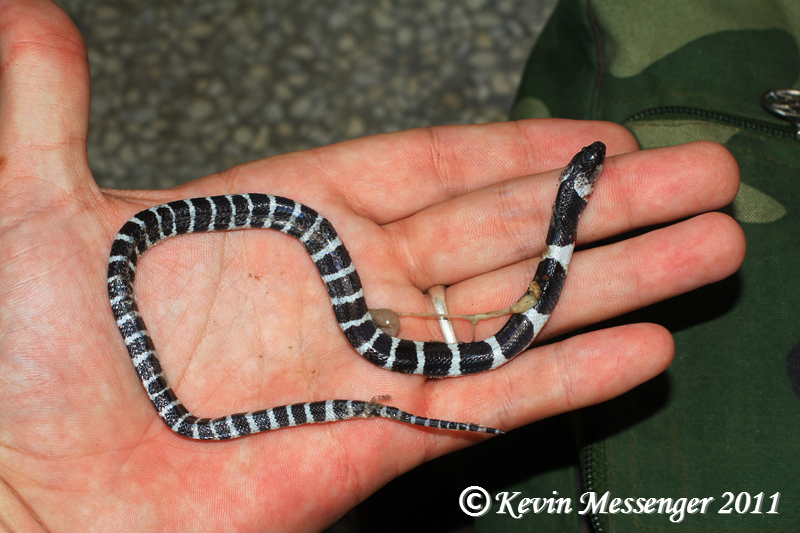
Snake researcher, Joe Slowinski, was killed by a pencil size multibanded krait in Burma in 2001.
Venom halts neoron control of muscles stopping breathing. Called the "5 step snake" in
Vietnam war because you would die within 5 steps of being bitten -- really takes 8 hours or more.
Second most common species for deadly snake bites in Taiwan.
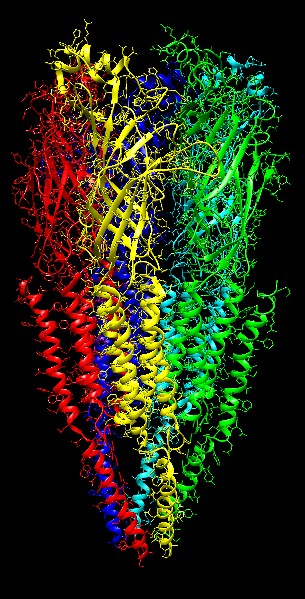
| 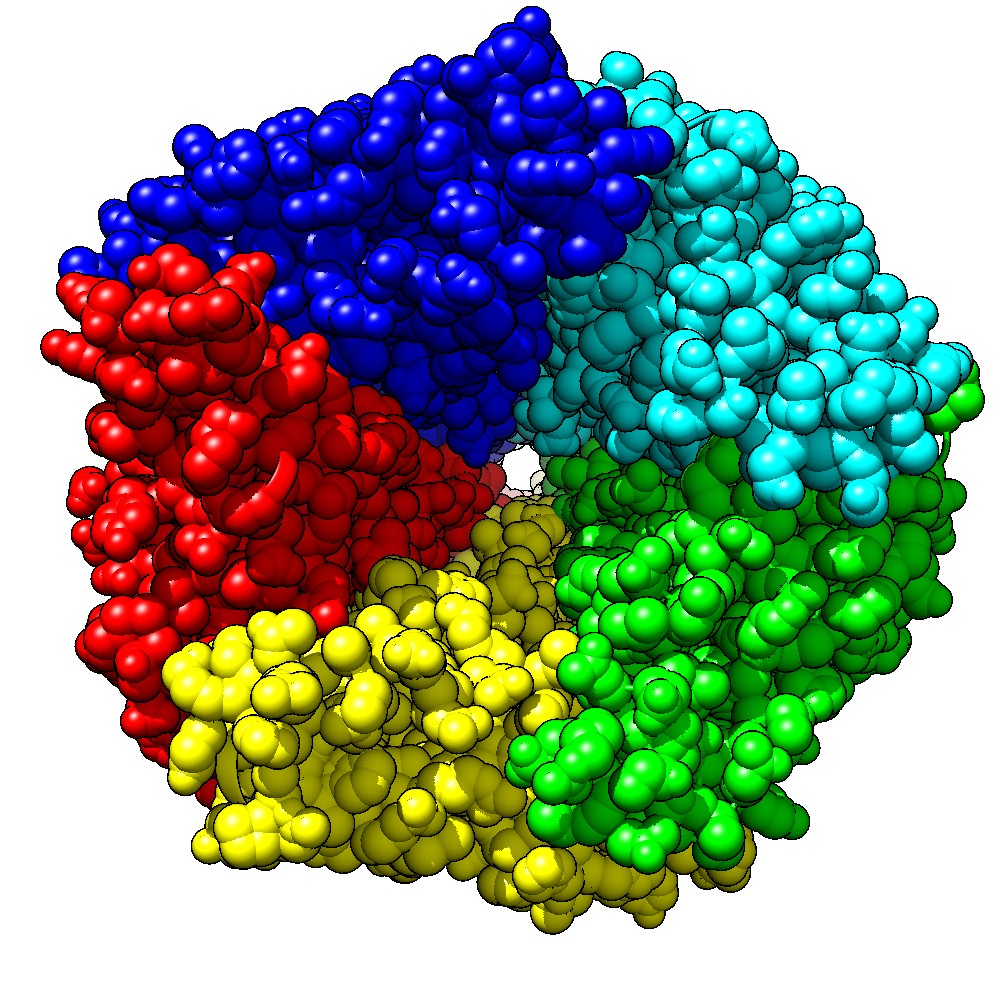
| 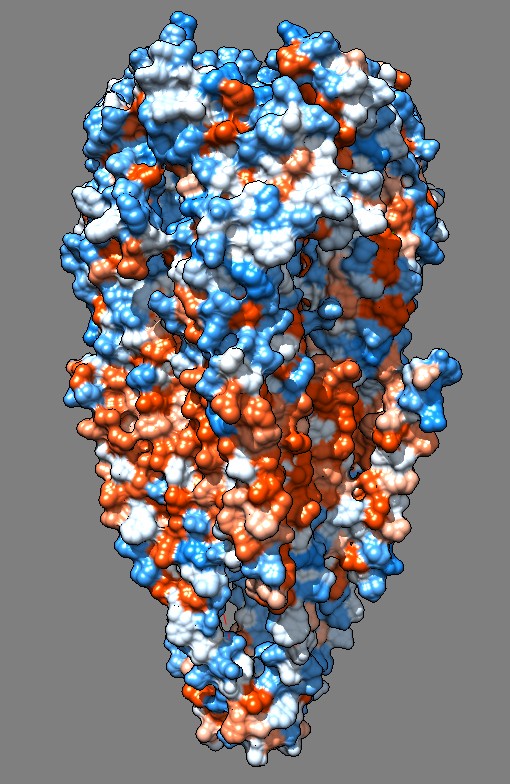
|
Nicotinic acetylcholine
receptor, 4aq5.
| Receptor pore transmits sodium and potassium ions.
| Receptor hydrophobicity.
|
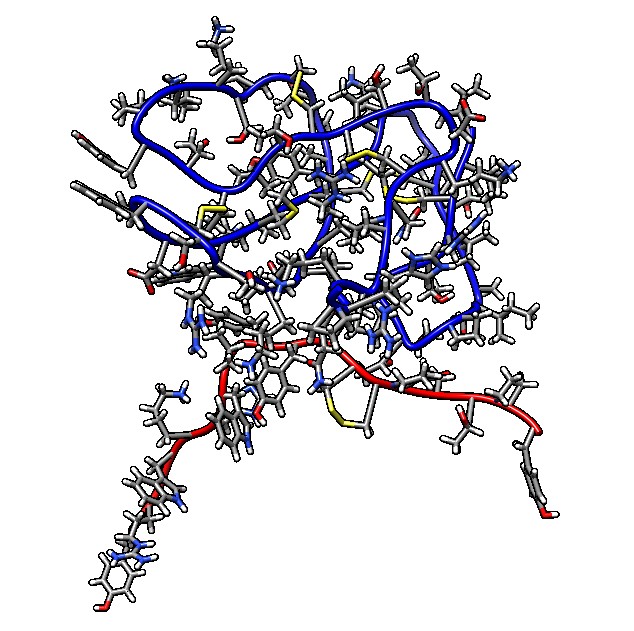
| 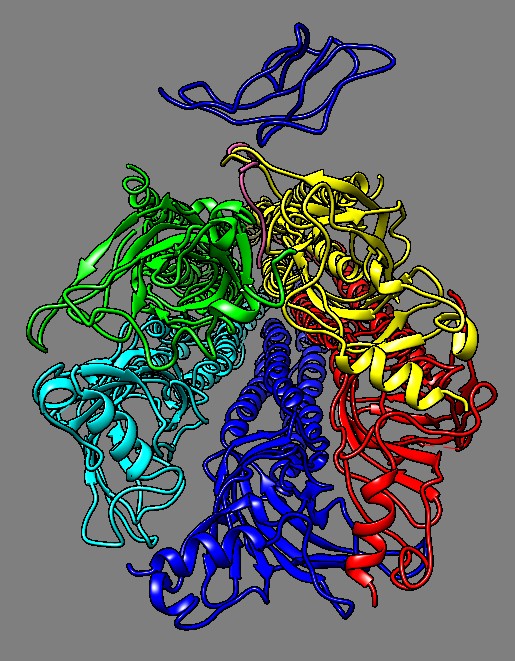
| 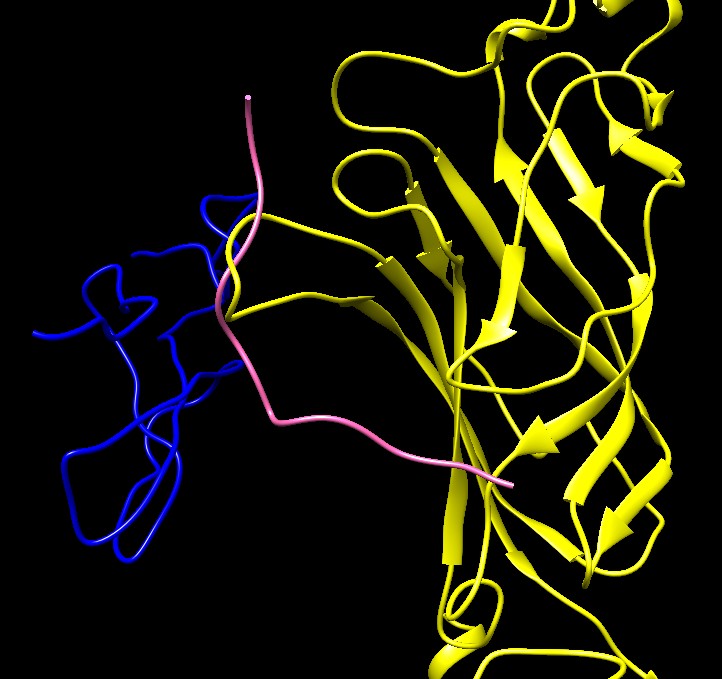
|
| Krait venom and 18 amino acid receptor fragment, 1idg.
| Venom aligned to receptor.
| Receptor fragment in pink does not match yellow receptor.
|
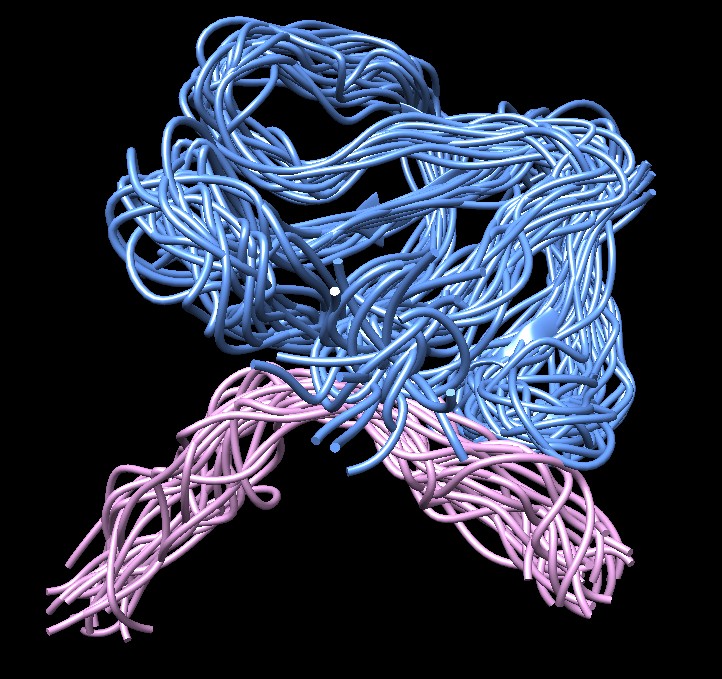
| 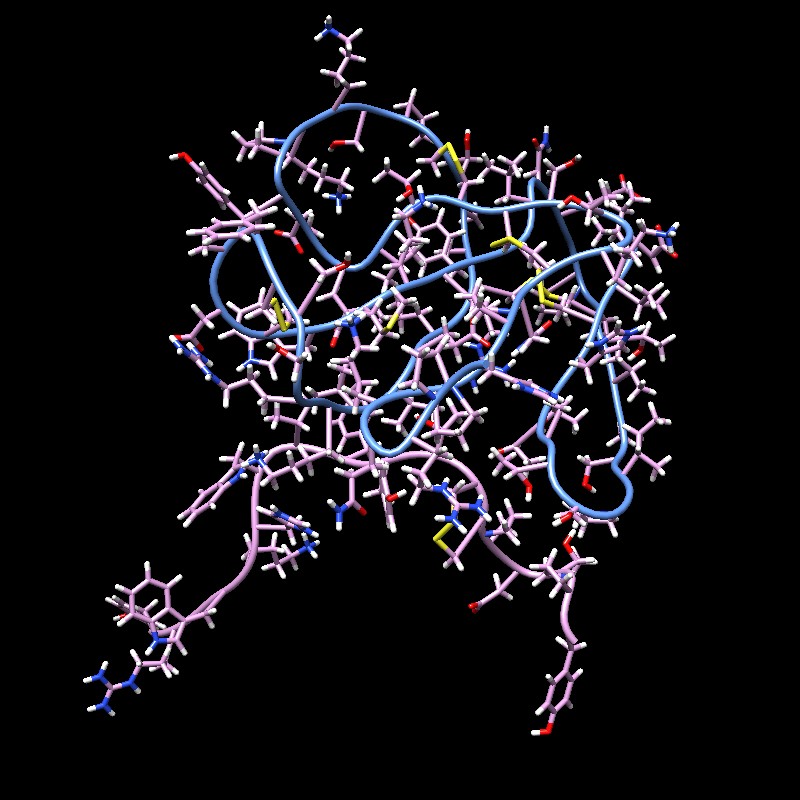
| 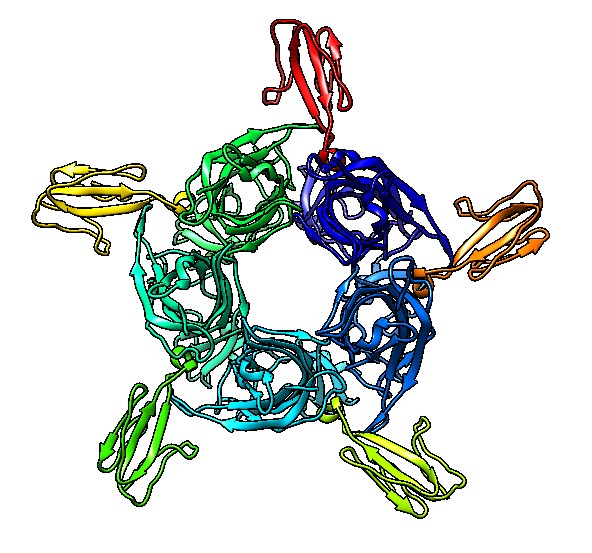
|
| Krait venom and fragment, NMR ensemble, 1idh.
| Venom morph. Movie.
| Snail/human receptor with venom, 4hqp, July 2013.
|
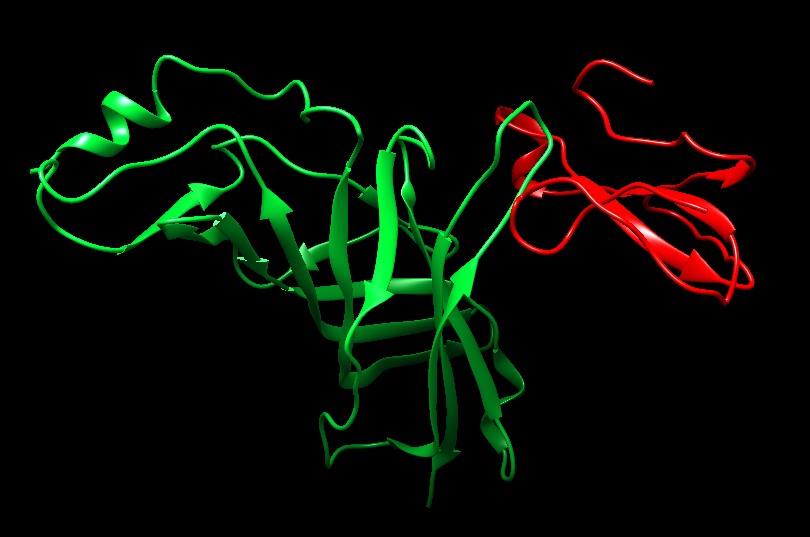
| 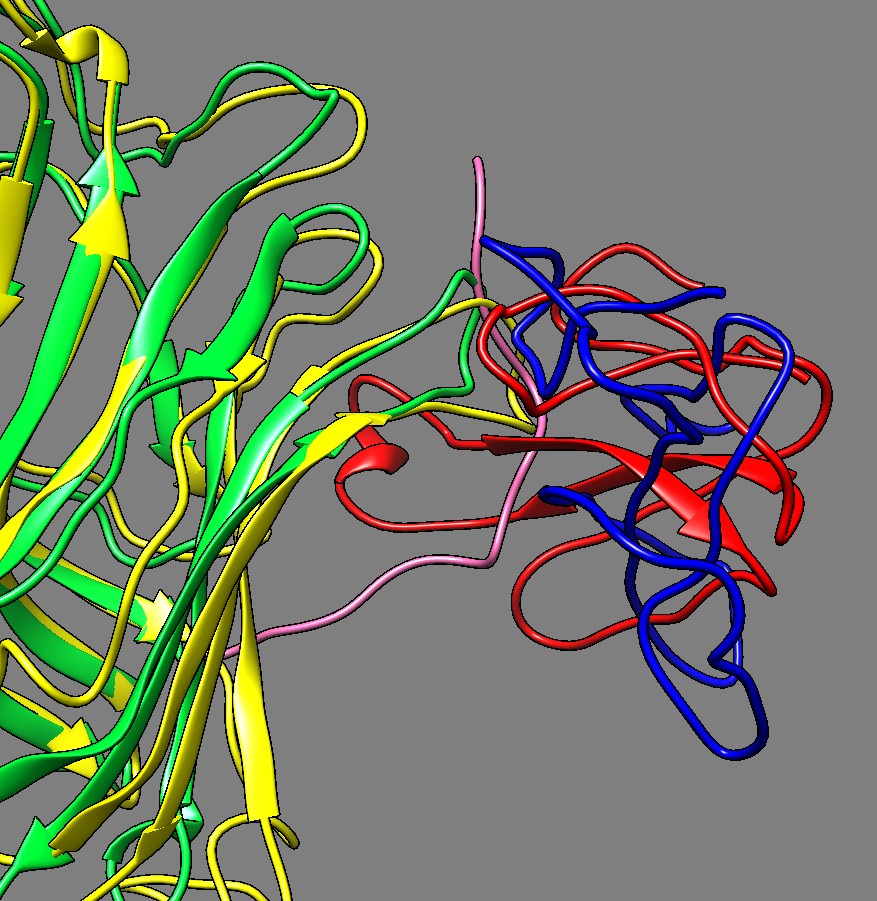
|
| Snail/human receptor with venom.
| Compare venom binding, 1idg, 4hqp.
|
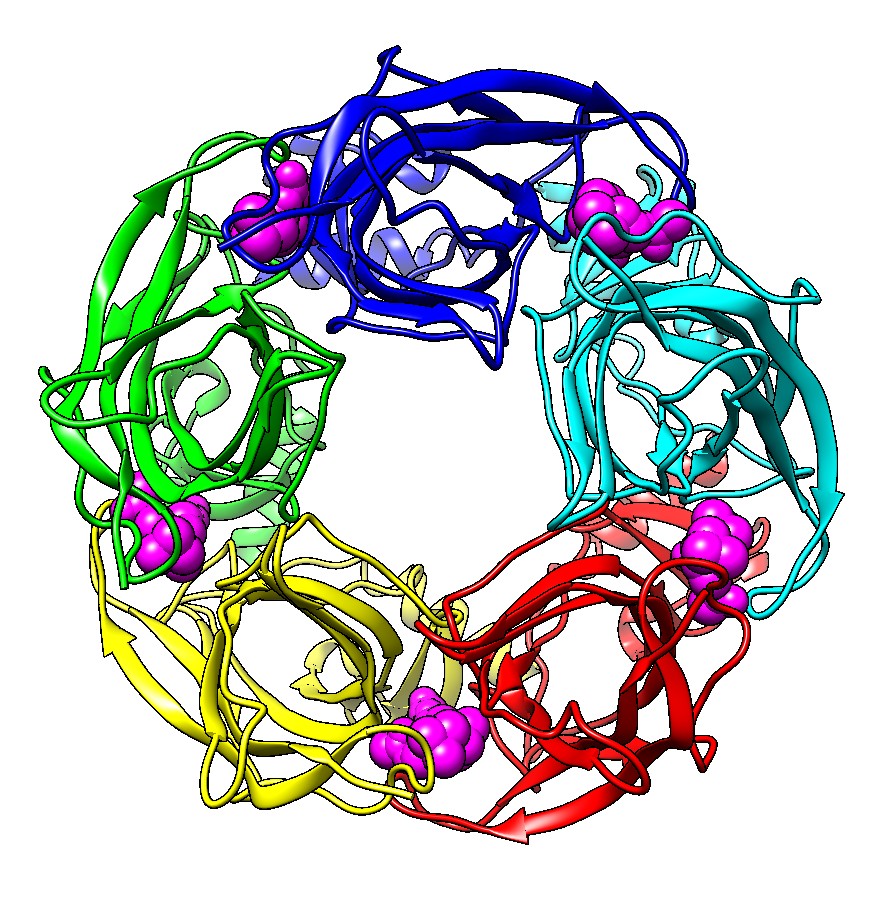
| 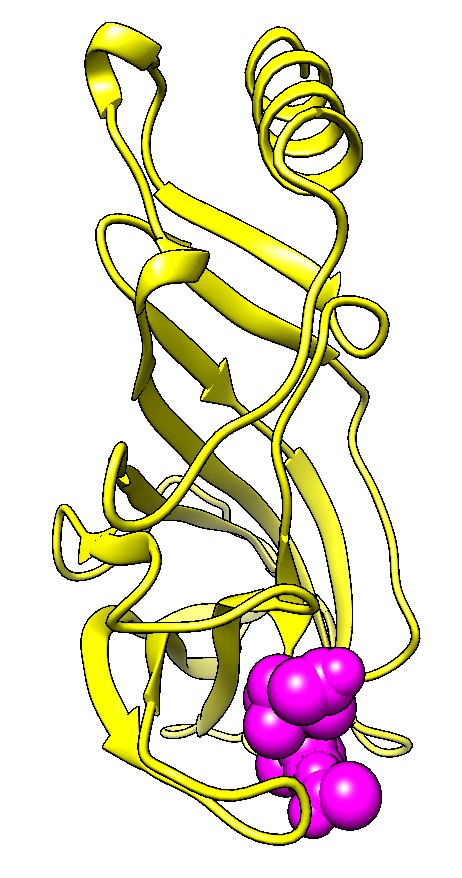
| 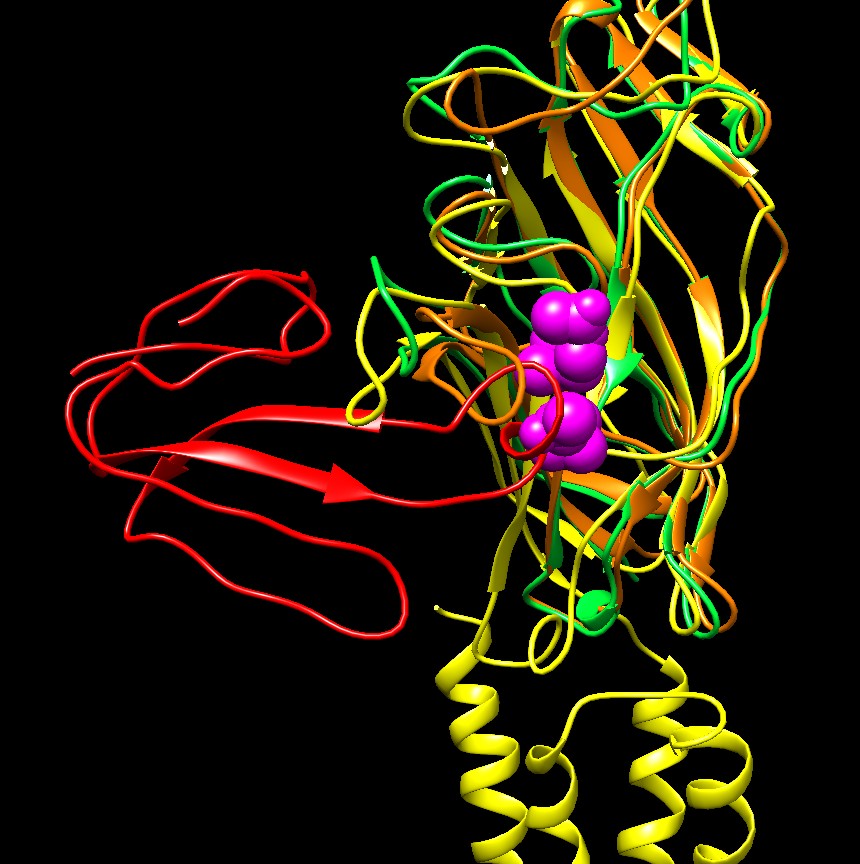
|
| Acetylcholine binding protein, 2xz5.
| Bound acetylcholine.
| Acetylcholine and venom bind in same location
(venom red/green, acetylcholine pink/orange, receptor yellow).
|
Crystal Structures
About 90% of molecular models with atomic detail are determined by x-ray crystallography.
Here's a look at a crystallography density map.

| 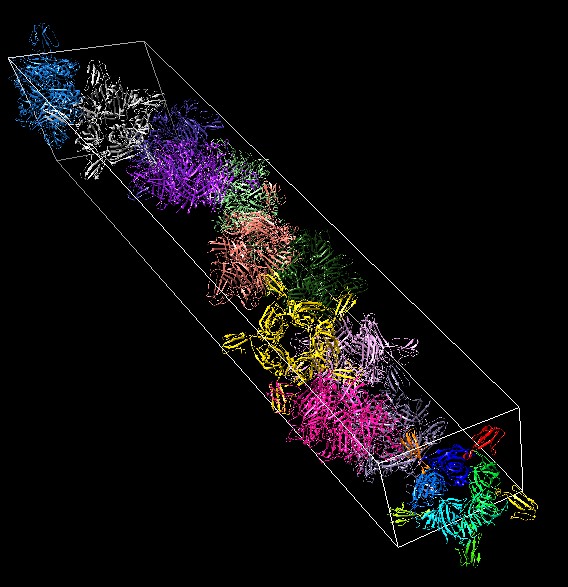
| 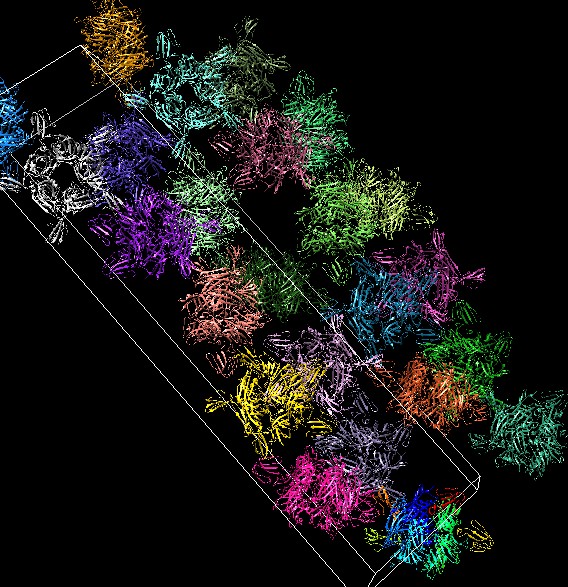
|
| Acetylcholine receptor and venom, 4hqp.
| 12 copies in unit cell.
| 2 unit cells.
|
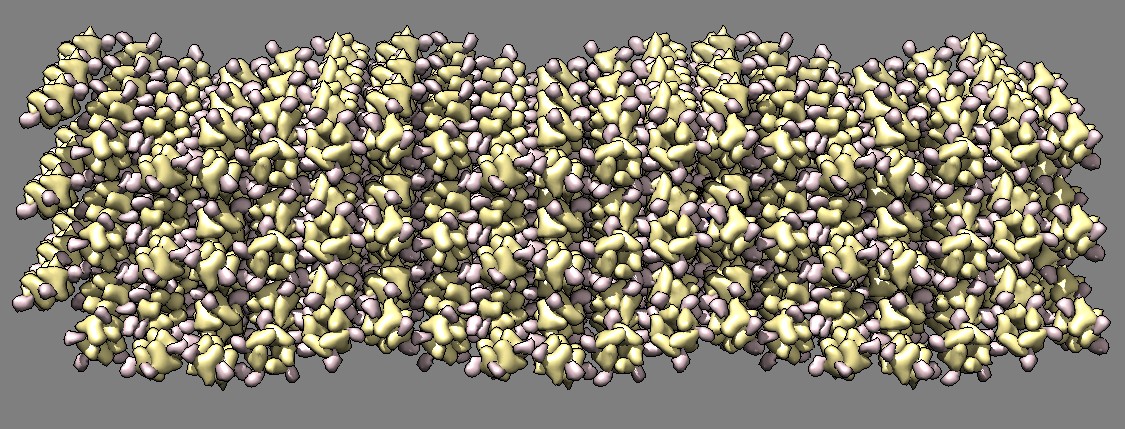
|
| 3 by 3 by 3 unit cells, surface for each protein.
|
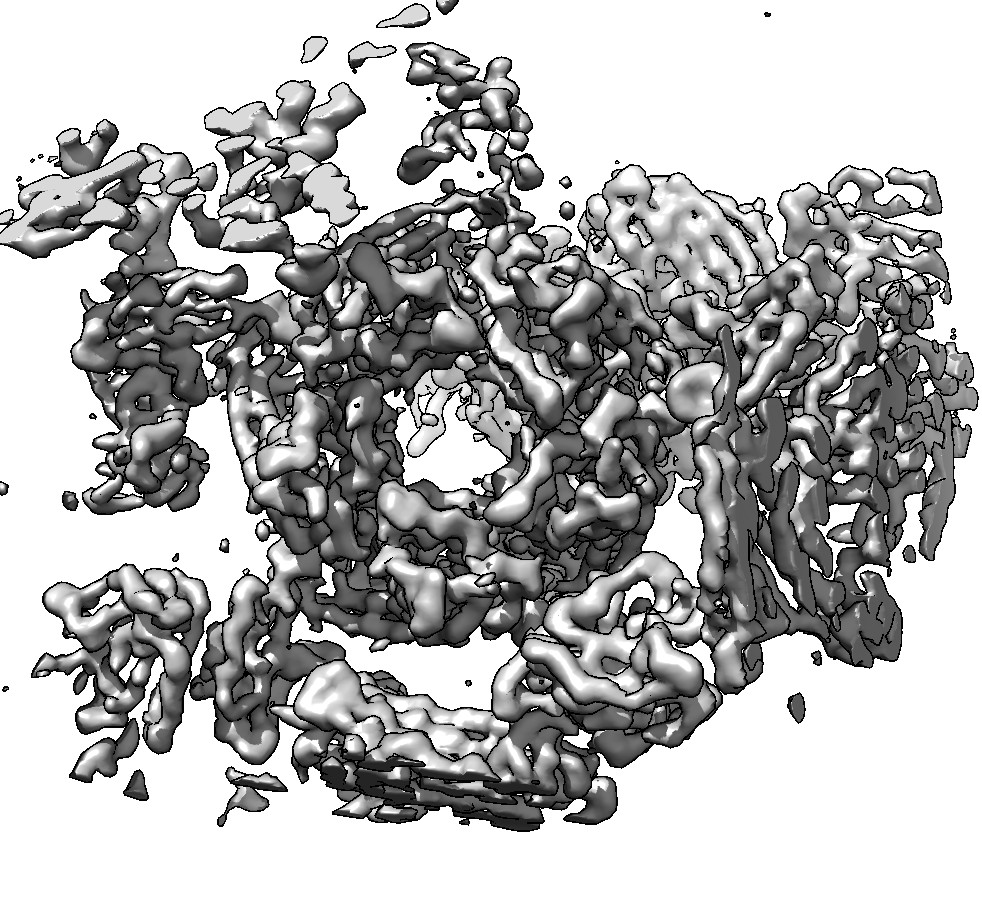
| 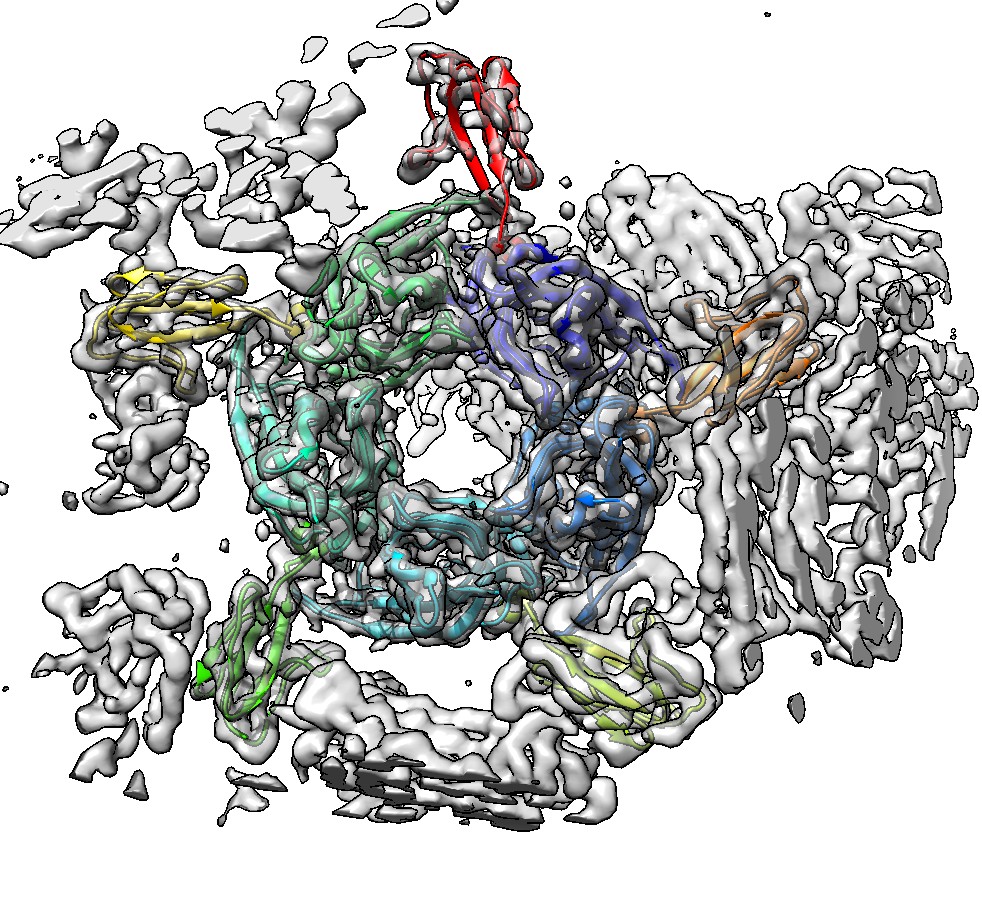
|
| X-ray density.
| Density with atomic model
|
























